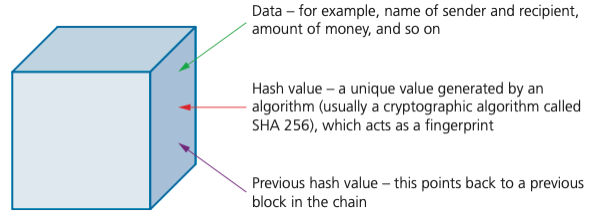Digital currency

Digital currency
Digital currency exists purely in a digital format.
It has no physical form unlike conventional fiat currency.
Digital currency is an accepted form of payment to pay for goods or services.
As with cash or credit/debit cards, digital currency can be transferred between various accounts when carrying out transactions.
Digital currency relies on a central banking system.
For example, suppose Nick wishes to send Irina some money; Nick uses bank ‘X’ and Irina uses bank ‘Y’:

Cryptography
- Cryptocurrency uses cryptography to track transactions; it was created to address the problems associated with the centralisation of digital currency.
- Traditional digital currencies are regulated by central banks and governments (in much the same way as fiat currencies). This means all transactions and exchange rates are determined by these two bodies. Cryptocurrency has no state control and all the rules are set by the cryptocurrency community itself.
- Unlike existing digital currencies, cryptocurrency transactions are publicly available and therefore all transactions can be tracked and the amount of money in the system is monitored.
- The cryptocurrency system works by being within a blockchain network which means it is much more secure.

Blockchain
Blockchain is a decentralised database.
All the transactions of networked members are stored on this database.
Essentially, the blockchain consists of a number of interconnected computers but they are not connected to a central server.
All transaction data is stored on all computers in the blockchain network.
Whenever a new transaction takes place, all the networked computers get a copy of the transaction; therefore it cannot be changed without the consent of all the network members.
This effectively removes the risk of security issues such as hacking. Blockchain is used in many areas, such as:
- cryptocurrency (digital currency) exchanges
- smart contracts
- research (particularly within pharmaceutical companies)
- politics
- education
How blockchain works
Whenever a new transaction takes place, a new block is created: A new hash value is created each time a new block is created.
This hash value is unique to each block and includes a timestamp, which identifies when an event actually takes place.
This is prevented by proof-of-work, which makes sure it takes ten minutes to determine the necessary proof-of-work for each block before it can be added to the chain.
This is ‘policed’ by miners, which are special network users that get a commission for each new block created.

